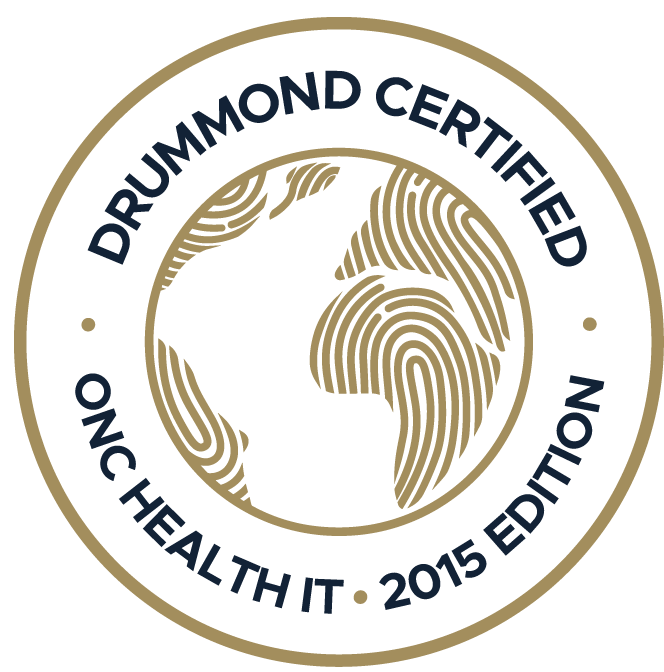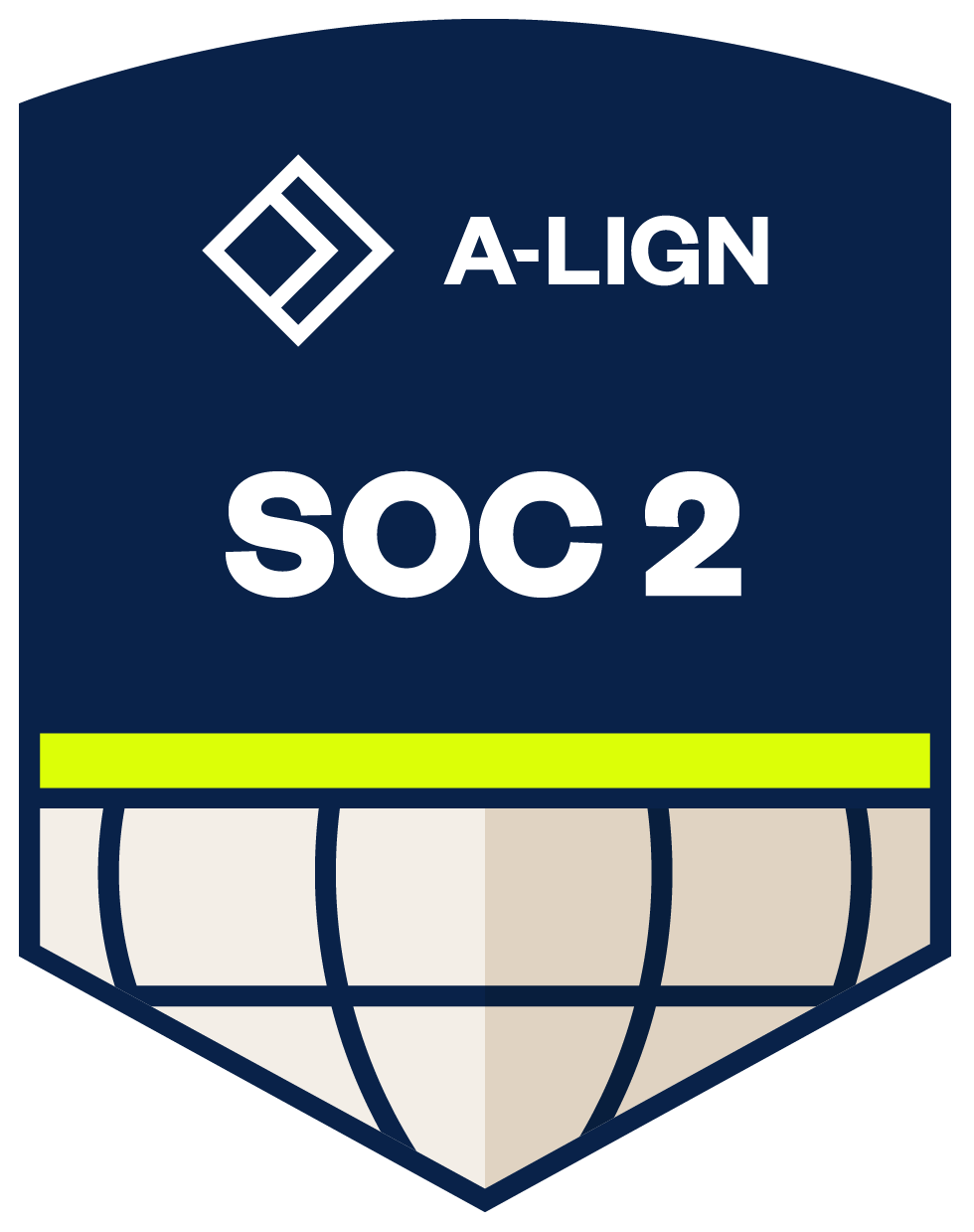Is your practice struggling to overcome operational bottlenecks despite trying everything from hiring extra staff to outsourcing certain tasks? A reliable healthcare practice management software might be the answer...
Implementing an Electronic Health Record (EHR) system doesn’t mean sacrificing the personal, patient-centered care that defines your practice. For physicians, that trusted connection with patients is irreplaceable. The right technology should strengthen this connection, not stand in its way.
Despite the increasing adoption of EHRs across the US, there are a few misconceptions that appear in discussions around the switch. Many practices still view implementation as an administrative hurdle rather than a strategic advantage. It’s important to address common misconceptions around EHR implementation.
The truth is, when approached thoughtfully, EHRs can help cut documentation load, reduce redundancy, and empower providers and practice owners to give more attention to their patients.
This blog talks about and debunks the five most common misconceptions about implementing an EHR. More like a reality check, this piece can help decision makers across medical practices put confidence in their next EHR switch!
Key Takeaways
- EHR implementation proves to be a strategic investment rather than a mere expense.
- EHRs can help cut documentation load, reduce redundancy, and empower providers and practice owners to give more attention to their patients.
- Proper training and vendor support also ensure success in the initial EHR implementation phase.
Five Main Misconceptions About EHR Implementation
Below, we discuss five common misconceptions and the actual reality associated with implementing an EHR system in medical practices!


1. EHRs Won't be Able to Meet the Unique Needs of My Practice
Usually, the most common pushback to implementing an EHR solution is assuming that it will not be enough for the practice's needs.
Many worry that a system for “everyone” won’t adapt to the unique workflows, specialties, and preferences of their practice. It’s understandable! No practice owner wants a one-size-fits-all solution for something as vital as patient care.
But here’s the good news: today’s EHRs are far from generic.
The Reality: Modern EHRs are Suitable for Flexibility and Customization
Robust cloud-based EHR software, like Practice EHR, offers physicians and practice owners customized features to support the unique needs of their practices. Here’s how:
- Specialty-Specific Templates: EHRs like Practice EHR provide customizable templates tailored to various specialties to enhance documentation efficiency
- Robust Revenue Cycle Management (RCM): Integrated RCM tools streamline billing processes, improving financial performance and reducing administrative burdens.
- Artificial Intelligence (AI) Tools: AI-powered features assist in clinical decision-making, predictive analytics, and documentation, further optimizing practice operations.
2. EHR Implementation is Too Costly for Small Practices
Most physicians consider the initial cost of implementing an EHR for small practices to be one of the biggest hurdles. The fear is mostly common among small practice owners. Research shows cost and maintenance support remain primary concerns for small practices, which stop them from implementing an EHR.
The Reality: EHR Implementation is a Smart Investment That Pays for Itself
Let's change the fear into confidence! If you strategically implement EHR into your practice, EHRs prove to be an investment rather than a mere expense. Studies have shown that many small practices recoup their EHR costs in under 10 months, thanks to:
- Fewer claim denials and faster reimbursements
- More accurate billing and improved cash flow
- Easier workflows and better patient satisfaction
The key is choosing a transparent, reliable vendor because the right EHR partner turns implementation cost concerns into long-term savings and efficiency.
3. A Steep Learning Curve Will Leave My Staff Frustrated and Dissatisfied
One of the major misconceptions about implementing EHR is that there is a steep learning curve for the practice’s team. Practice owners fear that this learning curve will lead to workflow disruption and slow productivity during the transition.
But today’s EHR systems are built differently. They’re more intuitive, user-friendly, and adaptable than ever before. The idea of a painful, drawn-out learning curve simply doesn’t hold up anymore.
The Reality: Learning Curve is Manageable and Worth the Effort
Yes, there’s always an adjustment period with new technology. But the fear of losing momentum during implementation is often overstated.
Here are the short-point realities about the learning-curve myth for EHR adoption:
- Initial slowdown is common, but concern about productivity loss isn’t significantly higher in small practices.
- With structured training and the right support, most teams find their rhythm within a few months.
- Once familiar, the system actually boosts productivity with faster access to information, smoother coordination, and less paperwork clutter.
4. Implementing an EHR Will Cause Operational Disruption
It’s understandable why many practices worry that implementing an Electronic Health Record system might interrupt day-to-day operations. After all, during the transition, the team still has to manage administrative paperwork while the new system takes shape. And yes, implementing an EHR can sometimes take a few months.
But it does not mean that EHR is not made for your practice! A strong EHR implementation team helps you manage the paperwork and keep things organized.
Reality: Smooth Transitions Happen with the Right Support
The truth is, operational hiccups are manageable, especially when your EHR vendor provides implementation support you’d expect. Reliable implementation teams often assist practices with paperwork and non-digital tasks during the transition period, reducing burden.
Here’s what actually happens:
- Shared load: Implementation teams help handle paperwork and routine admin tasks during the transition. And this helps ease the burden on your staff.
- Continuity preserved: Data migration and backup assistance make sure that your existing records and workflows stay intact.
- Temporary slowdown, lasting gain: While some workflow delays can occur early on, studies show most practices bounce back to normal productivity within a year. And they often operate even more efficiently afterward.
- Hands-on guidance: Ongoing technical and change-management support helps small practices adapt quickly to minimize the feared disruption.
5. EHR Implementation Puts Patient Data at Risk
It’s a common fear that moving patient information to a digital system opens the door to hackers and data breaches. Many physicians worry that sensitive health records could be exposed, stolen, or misused during the transition because of system vulnerabilities.
But the truth is, modern EHR systems are designed from scratch with privacy and security at their core. In fact, patient data safety and security are the single most important priority of HIPAA-compliant EHRs.
Reality: Robust EHR Systems are Designed for Security and Compliance
Before you buy into the “EHR equals data risk” myth, here’s what you should know:
- HIPAA compliance isn’t optional anymore. Reputable EHR systems use encryption, role-based access, and detailed audit trails to keep patient information secure.
- Advanced technical defenses come standard. Firewalls, intrusion detection, and regular security updates are part of how trustworthy EHRs operate every day.
- Vendors support a secure transition. During implementation, reliable EHR providers assist with data migration and protect integrity at every step.
- Most breaches aren’t about the system itself. Data leaks usually stem from external attacks or human error, and not flaws within the EHR platform.
Book a Free Demo to See How Easy EHR Implementation Can Be
Implementing an EHR system doesn’t have to be stressful for medical practices, regardless of their size. If you’re still worried about potential hurdles, Practice EHR can make the transition easier than you think.
With a dedicated team of implementation specialists and IT experts, we guide you through every step, from data migration to staff training, to guarantee a smooth and secure setup.
See how easy EHR implementation can be. Request your free demo today!
FAQs
Yes! EHR systems like Practice EHR are perfect for practices of all sizes. They simplify workflows even for solo providers.
Absolutely. Practice EHR is HIPAA-compliant and includes strong security features like encryption and access controls to keep patient data safe and private.
With Practice EHR, implementation is free. It’s included in your package. Overall, EHR implementation costs vary by practice size, specialty, and number of users.
Topics: Integrated EHR, EHR Solution, Cloud-based EHR, Industry Update, Revenue Cycle Management, Medical Billing, RCM, EHR Features, AI-powered Medical Billing, Best EHR Software, EHR Integration
RECENT POSTS


TOPICS
- EHR Solution (191)
- EHR (124)
- digital age (117)
- Patient Care (116)
- Medical Billing (110)
- Specialty-Specific EHR (110)
- Industry Update (97)
- Technology in Healthcare (84)
- EHR Features (79)
- Small Practice (77)
- Medical billing services (72)
- HIPAA Security (62)
- Integrated EHR (62)
- RCM (62)
- New Technology (44)
- Cloud-based EHR (43)
- Telemedicine (42)
- Healthcare Office Management (40)
- Practice EHR News (38)
- Kiosk (31)
- Revenue Cycle Management (28)
- AI Solutions (23)
- ePrescribing (21)
- AI Scribing (16)
- Best EHR Software (16)
- EMR (12)
- Practice Management Software (12)
- AI-powered Medical Billing (10)
- Client Favorites (10)
- Practice Automation (10)
- TeleVisit (10)
- The ONE (10)
- AI EHR (9)
- Switching to New EHR (9)
- MACRA/MIPS (8)
- Patient Portal (8)
- Urgent Care (8)
- AI Scribe (7)
- Best EHR Practice (7)
- EHR Integration (7)
- Psychiatry EHR (7)
- E-Prescribing (6)
- Product Updates (6)
- events (6)
- AI scanning (5)
- MIPS (5)
- Automated Health Tools (4)
- HIPAA (4)
- Insider (4)
- Internal Medicine EHR (4)
- MIPS Reporting (4)
- Mobile EHR (4)
- Orthopedics EHR (4)
- Podiatry (4)
- Podiatry EHR (4)
- Telehealth Platform (4)
- Chiropractic EHR (3)
- Digital Experiences (3)
- EHR Flaws (3)
- EHR Implementation (3)
- EHR for Chiropractors (3)
- EHR for Small Practices (3)
- Family Medicine EHR (3)
- Integrated Practice Management (3)
- Medical Practice Management Software (3)
- Patient Check-in Kiosk (3)
- PracticeEHR GO App (3)
- Regulatory Updates (3)
- Telehealth Platforms (3)
- Clearinghouse (2)
- Dermatology EHR (2)
- EHR Scheduling (2)
- Eligibility Verification in Medical Billing (2)
- Foot and Ankle Care (2)
- Foot and Ankle EHR (2)
- Health records 101 (2)
- Medical Coding Services (2)
- Medical Credentialing (2)
- Multilingual AI Scribe (2)
- Quality of Patient Care (2)
- Reporting Under MIPS (2)
- Risk and Liability in Medical Settings (2)
- What Works Clearinghouse (2)
- AI Scan (1)
- Bariatric EHR (1)
- Behavioral Health Practices (1)
- Billing Communication (1)
- Billing for Private Practices (1)
- Cardiology EHR (1)
- Cash Flow (1)
- Cashless Payments (1)
- Charting (1)
- Data Security (1)
- Dos and Don'ts (1)
- EHR Guides (1)
- EHR KPIs (1)
- EHR Questions to Ask (1)
- EHR Transition (1)
- EHR for Chronic Illness (1)
- EMR vs EHR Difference (1)
- ENT EHR (1)
- Endocrinology EHR (1)
- Family Medicine (1)
- Gastroenterology (1)
- Gastroenterology EHR (1)
- General Surgery EHR (1)
- Geriatric AI scribe (1)
- Geriatrics EHR (1)
- Guides (1)
- Healthcare Compliance Certification (1)
- Healthcare Practice Office Management (1)
- Help Center Videos (1)
- Insurance Reimbursement (1)
- KPI (1)
- Key Performance Indicators (1)
- Lab Processing (1)
- MACRA (1)
- Medical Billing Partner (1)
- Nephrology EHR (1)
- Neurology EHR (1)
- Pain Management EHR (1)
- Pediatrics EHR (1)
- Physical Therapy EHR (1)
- Practice Cash Flow (1)
- Practice Efficiency (1)
- Pulmonology EHR (1)
- Reconsider Your EHR (1)
- Simplify Practice Management (1)
- Staffing in Healthcare (1)
- Switch Medical Billing Providers (1)
- Urgent Care Medical Billing (1)
- Urology EHR (1)
- Voice-Activated AI Scribe (1)
- insurance claim denials (1)












